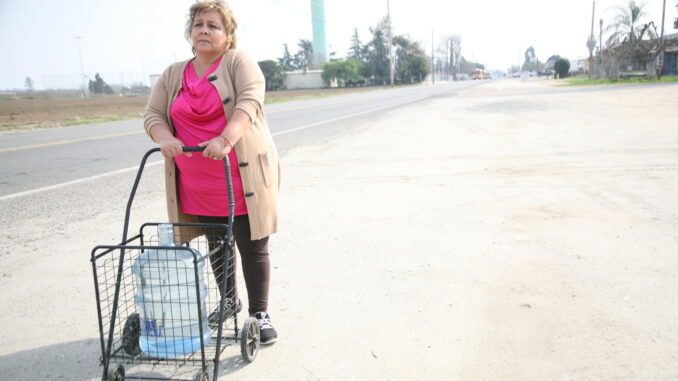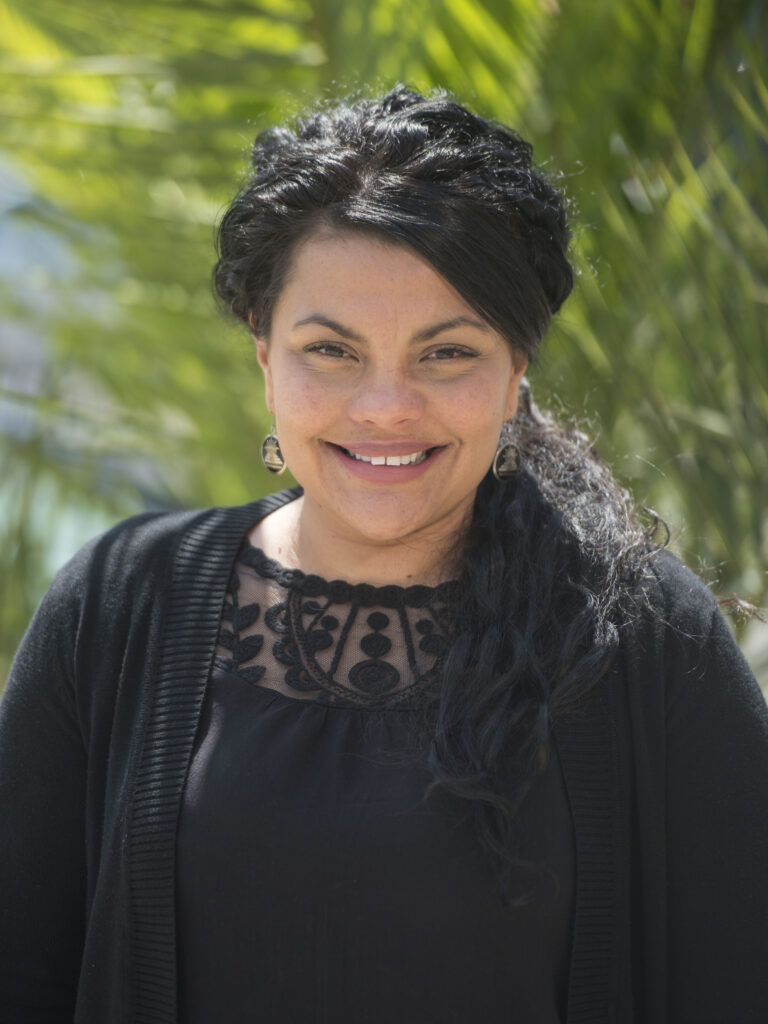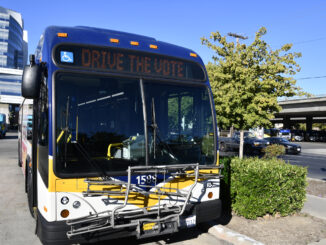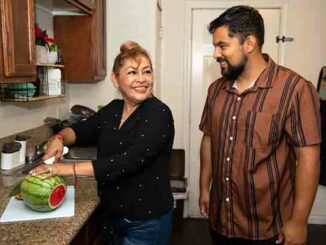
by Gail Allyn Short
Nearly 20 years ago, Sandra Garcia was working as a farm laborer in Poplar, California, when she and others in her community began noticing their tap water had a strange taste.
“We didn’t know how polluted this water was. We only knew that the water was dirty,” recalls Garcia, now 66. “It didn’t look pretty at all, and we were sick. We were having stomach issues and didn’t know it was because of the water.”
To help, many found themselves having to buy bottled water.
In fact, they later learned the ground water in the area was contaminated with high levels of nitrates and other dangerous chemicals.
So the mother of six says she decided to take action.
“I got together with several mothers because we were having so many issues related to water, but there wasn’t anyone we could go to and ask for help,” Garcia says.
“We believe clean water is a basic human right and that it should never be a privilege.”
Susana De Anda
Community Water Center
Eventually, they reached out for assistance to the nonprofit Center on Race, Poverty, and the Environment and its initiative, the Rural Poverty Water Project.
Garcia says that through the Rural Poverty Water Project, her group traveled to the state Capitol to talk with legislators about the water contamination issues at home.
The Project then helped Garcia in founding the AGUA Coalition; AQUA stands for Asociación de Gente Unida por el Agua, or the Association of People United for Water.
Since the early 2000s, community organizer Susana De Anda has studied water quality issues in Garcia’s area through the Rural Poverty Water Project. De Anda says she and colleagues soon concluded that something more was needed.
“We felt that for us to really address public health threats when it comes to access to safe and affordable drinking water, we needed to have a nonprofit to focus and leverage our resources on that issue,” De Anda says.

Community Water Center
So in 2006, De Anda and Laurel Firestone founded the Community Water Center.
“Community Water Center’s mission is to ensure that all California residents have access to safe, clean and affordable drinking water. We believe clean water is a basic human right and that it should never be a privilege,” De Anda says.
“The Center exists because in California, for a long time, communities and families and residents were excluded from water planning,” De Anda explains. “We believe that if we had had equitable access to water planning in California, we wouldn’t be in the situation we’re in now.”
Specifically, the Community Water Center focuses much of its work on farm workers and underserved communities in the San Joaquin Valley and Central Coast.
The Center advocated for passage of the $1.4 billion SAFER program, or Safe and Affordable Funding Equity and Resilience, a fund set up to help ensure that water is not only safe, but also affordable for underserved families.
It has also pushed for new water treatment systems and laws aimed at protecting residents’ access to clean, affordable water.
Additionally, the Center works with partners such as the California Water Resources Control Board’s Division of Drinking Water, local agricultural communities and other allies to ensure that the ground water remains protected against contamination.
Garcia says that today, whenever she has an opportunity to talk to candidates running for political office, she asks them about the water issue.
“I always ask, ‘What will you do after you’re elected? Will you open the door or close the door because I’ll need help with water,’” says Garcia. “This has been very useful for us in picking candidates or the representatives that we have.”
De Anda concurs, saying that residents must go deeper than voting. “It’s important to know what candidates and elected leaders stand for,” she says. “It’s also important to be civically engaged if we want to, and if we can, and hold decision makers accountable, because if we don’t, other issues are going to take priority.”




